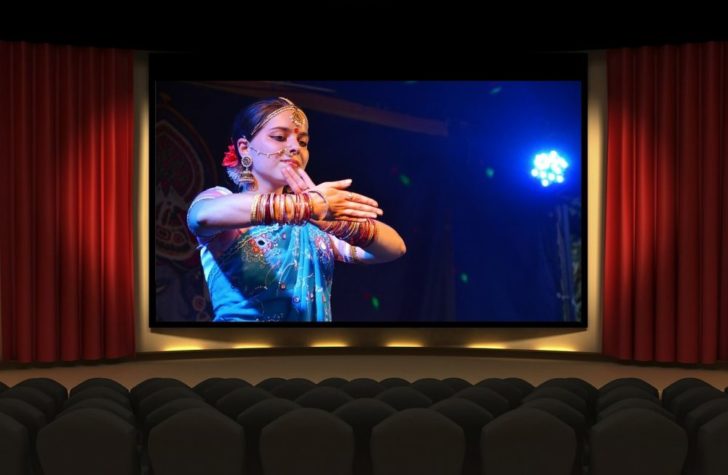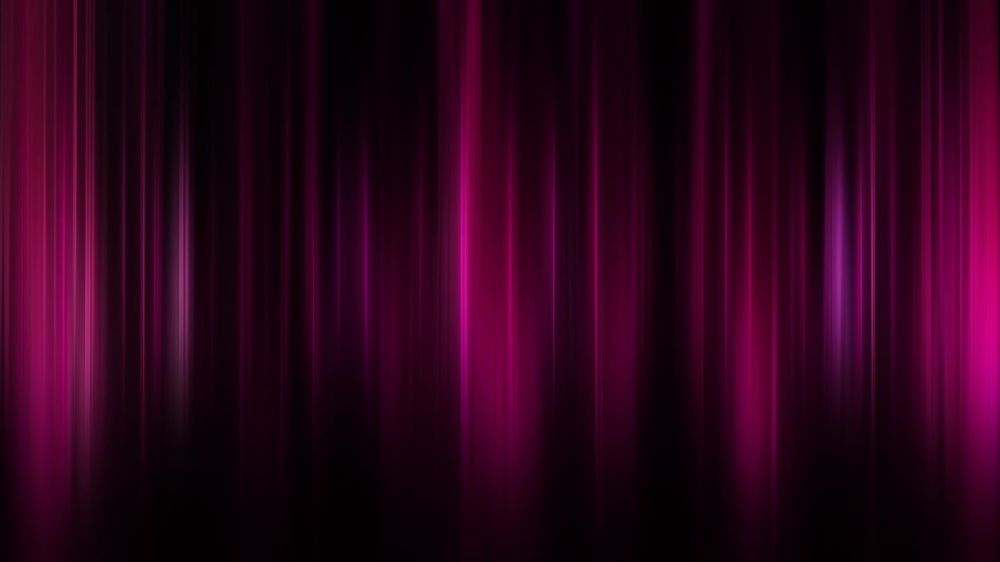Film Genre: A Deep Dive into the Fascinating World of Film Classification

Introduction:
Film genre is a term familiar to all movie enthusiasts. It categorizes films into different genres based on their shared characteristics and themes. Understanding film genres is essential for anyone interested in exploring the diverse cinematic landscape. In this comprehensive article, we will delve into the significance of film genres, their historical development, and their impact on the world of cinema.
I. The Essence of Film Genre: A Guide for Enthusiasts

A. Defining Film Genres:
Film genres are classifications that group movies with similar themes, settings, and narrative structures. They serve as a blueprint for filmmakers to create unique experiences while allowing audiences to navigate their preferences and discover new cinematic treasures. Some popular film genres include action, romance, comedy, drama, horror, and science fiction.
B. Importance of Film Genre:
1. Audience Preferences and Expectations:
Film genres enable audiences to have a general idea of what to expect from a movie. Whether someone desires adrenaline-pumping action or heartfelt romantic narratives, understanding film genres helps individuals make informed choices about the films they watch.
2. Industry Impact:
The film industry heavily relies on genres to target specific audience demographics and develop marketing strategies. By understanding the preferences of different target groups, filmmakers can tailor their creations to meet audience expectations, thereby increasing the commercial success of their projects.
II. The Evolution of Film Genres: A Historical Journey
A. Early Beginnings:
1. Silent Era Genres:
During the silent era, film genres were in their infancy. Movies were primarily categorized based on their content, such as comedies, Westerns, or melodramas. However, as the medium evolved, genres became more refined.
[INSERT VIDEO HERE]
2. The Golden Age of Hollywood:
With the rise of Hollywood in the 1930s, genres gained significant recognition and became more standardized. Iconic genres such as film noir, musicals, and romantic comedies emerged as major contributors to the golden era of cinema.
B. Post-War Exploration and Genre Hybridization:
1. The Impact of World War II:
The aftermath of World War II significantly influenced the development of film genres. War-themed films, such as war dramas and documentaries, gained popularity while providing a platform for society to reflect on the tumultuous times.
2. Genre Hybridization:
As cinema progressed, filmmakers began to experiment with cross-genre creations, blending elements from different genres to create innovative and unconventional films. This led to the birth of subgenres like action-comedy, rom-com-dramas, and sci-fi horror.
III. A Spotlight on Popular Film Genres
A. Action:
1. Description:
Action films are characterized by adrenaline-pumping sequences, thrilling stunts, and intense narratives. They often feature heroes who face extraordinary challenges and engage in exhilarating confrontations.
2. Examples:
– “Die Hard”: [INSERT VIDEO HERE]
– “Mad Max: Fury Road”
– “John Wick”
B. Romance:
1. Description:
Romance films revolve around love, relationships, and emotional connections. They typically depict the journey of two individuals who fall in love and face various obstacles to be together.
2. Examples:
– “The Notebook”
– “Romeo + Juliet”
– “Eternal Sunshine of the Spotless Mind”
C. Comedy:
1. Description:
Comedy films aim to entertain through humor, wit, and amusing situations. They often bring laughter and light-heartedness to audiences, providing a much-needed escape from reality.
2. Examples:
– “Monty Python and the Holy Grail”
– “Bridesmaids”
– “Airplane!”
IV. The Future of Film Genres: Embracing Diversity and Innovation
The landscape of film genres continually evolves, reflecting society’s changing values and tastes. The emergence of streaming platforms and independent cinema has opened doors to a more diverse range of films, defying traditional genre boundaries. As filmmakers continue to push creative boundaries, new genres and subgenres will likely arise, expanding the horizons of storytelling.
Conclusion:
Film genres play a vital role in shaping the cinematic experience for both filmmakers and audiences. As we explored the essence, historical development, and popular genres, it becomes apparent how genres provide a framework for creativity while aiding audiences in navigating their film preferences. Whether you are a fan of action-packed adventures, heartwarming romances, or side-splitting comedies, the world of film genres has something to offer for everyone. So grab your popcorn, dim the lights, and immerse yourself in the captivating realm of cinema. [INSERT VIDEO HERE]

















